- Joined
- Aug 23, 2013
- Messages
- 970
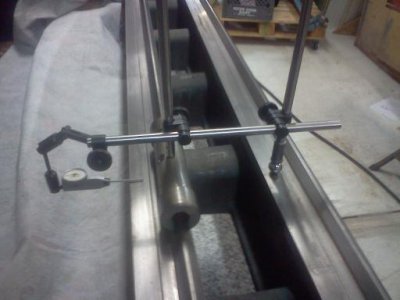
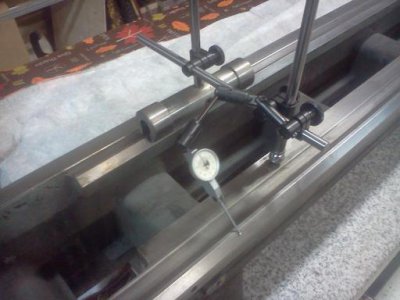
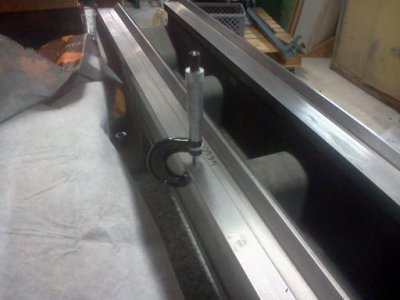
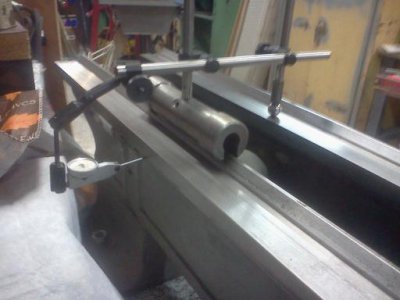
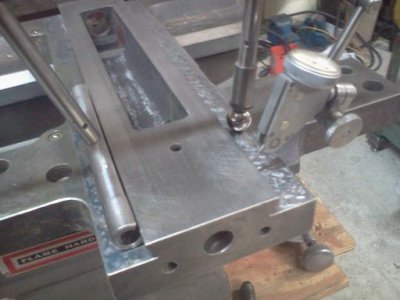 You may want to do some simple checks of you lathe bed, I made this alignment checking tool to tell me how much wear and twist there is. Indicator position is critical for getting a good reading and eliminating any vibration with a light oil helps keep the .0001 indicator from bouncing around. My old bed has as much as .008 wear at the head stock, the new one is about .0006. When I checked the parallelism of the dovetail, it was less than .0005 after I got the TDI to stop vibrating when I slid the alignment tool along the edge of the ways. I also have a few ground flat plates (carbide inserts) that I used to put under the ball, it makes for a true flat surface to ride along. There are many ways to get this measured. Now interpreting what it is telling me can be a challenge. Good luck. Tim
You may want to do some simple checks of you lathe bed, I made this alignment checking tool to tell me how much wear and twist there is. Indicator position is critical for getting a good reading and eliminating any vibration with a light oil helps keep the .0001 indicator from bouncing around. My old bed has as much as .008 wear at the head stock, the new one is about .0006. When I checked the parallelism of the dovetail, it was less than .0005 after I got the TDI to stop vibrating when I slid the alignment tool along the edge of the ways. I also have a few ground flat plates (carbide inserts) that I used to put under the ball, it makes for a true flat surface to ride along. There are many ways to get this measured. Now interpreting what it is telling me can be a challenge. Good luck. Tim
Last edited:
